Have you ever thought about all the places in your home where you should put a baby gate?
To be sure, there are several important areas that need to be blocked off to prevent your baby from crawling into forbidden places or your toddler from toddling into “no-no spots.”
Since we can’t rely on simply telling little ones to stay outta trouble, we are lucky for the invention of baby gates to help keep them contained safely.
So where do baby gates need to be installed to keep your baby safe?
#1: Top of Stairs
Out of all the places in your house, a baby gate at the top of the stairs is the most important.
And not just any gate, but specifically a hardware-mounted gate that literally screws into your wall or door frame.
Kids are stronger than you think and over time a pressure-mounted gate can give way if pushed on or shook too much.
For this reason, you have to be a little more aggressive in your baby-gating at the top of the stairs in order to prevent serious falls.
Our top pick to protect your baby from the stairs:
Cardinal Gates Stairway Angle Baby Gate
What makes this gate the absolute best: Based on the unique features of this gate and the fact that 88% of customers rated it 4 or 5 stars, this baby gate stands out from the crowd. It has consistently been a consumer favorite and performs very well overall.
#2: Bottom of Stairs
Next in line, this makes sense especially if your little one is capable of climbing up the steps.
Just in case you think that’s not likely to happen, keep in mind that this is a skill even fairly young babies seem to master when you aren’t looking.
It’s almost as if stairs are like a pretty light beckoning to children because the old adage “like a moth to a flame” comes to mind. Babies love to pull themselves up into precarious spots, so best to just gate the bottom of the stairs now!
#3: Laundry Area
In many homes, the laundry room is not actually a separate room with a door that can be easily closed.
If that is the case in your house, it is super important to figure out a way to baby gate it as it is one of the most dangerous household areas.
There are too many risks with leaving a young child access to a washing machine, dryer, iron, detergent, cleaning supplies, etc..
My youngest daughter was capable of opening our dryer door at about 18 months old, which is really scary to even think about!
Baby-proofing isn’t enough. Their access must be cut off.
#4: Kitchen
Once again, here is a room that fraught with many perils.
If you are busy cooking and don’t have your child in a playpen or belted into a baby chair or if you are currently not using the kitchen, it is a very smart move to block the entrance with a baby gate.
Hazards such as (but not limited to) hot foods, ovens & stoves, knives, appliance cords, slippery floors, glass dishes, and cleaning agents pose a risk to unattended children.
If your kitchen doesn’t have a door that you can close and lock when not in use, a baby gate would be in order.
#5: Pantry
Though this might be a foregone conclusion if you’ve already gated the kitchen, if you have a walk-in pantry that doesn’t have a door, this spot is a great candidate for a baby gate.
We use a retractable gate across ours because it is too narrow for a traditional gate.
This keeps our little one from utterly trashing it when we aren’t looking (hurray!), but also keeps her safe from choke hazards, food items that she shouldn’t consume, heavy cartons and cans that she could pull down on herself, and glass containers that could potentially break.
#6: Office
If you have a designated office or library in your home that doesn’t already have a lockable door, this is an excellent place to install a baby gate!
Think of all the dangerous temptations in a room such as this: Bookshelves to climb, sharp supplies such as staplers & scissors, computers and their cords to pull on, and other such grown-up items that you definitely don’t want to be destroyed!
#7: Fireplace or Woodstove
If your home has one of these, it is most prudent to use a super wide gate or play yard that can be angled or maneuvered around odd-shaped areas or objects.
Don’t just use a free-standing gate in these situations, but rather the type of gate that has the option to anchor into the wall.
Remember, if you play with fire, you might get burned! And that is something we definitely want to avoid with our tots!
True story: My grandparents had a giant wood-burning furnace in their entryway when I was little and one day I laid the palm of my hand on it without any thought to the damage it might do. I ended up with a 2nd-degree burn that I have never forgotten! Baby gate these hot spots!
#8: Large Objects
This category is purposely vague because I don’t know what hazards you might keep in your home.
But if your baby has access to a room that has a weight set, big screen TV, or another item that can topple over or that otherwise poses a risk to the safety of your child, it is super-important to baby gate around said item.
You might consider putting a play yard type of gate around objects of this nature so that your child otherwise has the ability to move about the remaining parts of the room.
#9: Hallway
This recommendation is for homes that have the majority of the bedroom and bathroom areas being led to via a hallway.
Yes, it is true, you can simply close and/or lock all the doors that lead to unsupervised areas such as this.
However, I have found that the reality of most households is that various members of the family aren’t so good about remembering to secure every room as they come and go throughout the day (especially siblings!).
Better to just have one walk-thru gate that automatically closes so that bathrooms and bedrooms beyond its borders are simply out of reach.
#10: Porch
If you have a living space that extends outdoors and you want to be able to allow the baby to explore on the deck or porch, the suggestion here is to install an outdoor gate at the porch steps.
This kind of gate is designed to withstand the elements of rain, wind, sun, and snow, while simultaneously keeping your toddler happily inside the confines of the railing.
If you choose to use this space for your child, double check to make sure that any railing slats are no more than 4” apart so that it can safely contain your baby.
So, there you have it…ten places you should put a baby gate in your home! Hopefully, this guide will help you locate and identify problem areas that you might not have otherwise considered. I wish you happy success in keeping your child safe and sound as they explore your home.
Happy Baby-Gating!

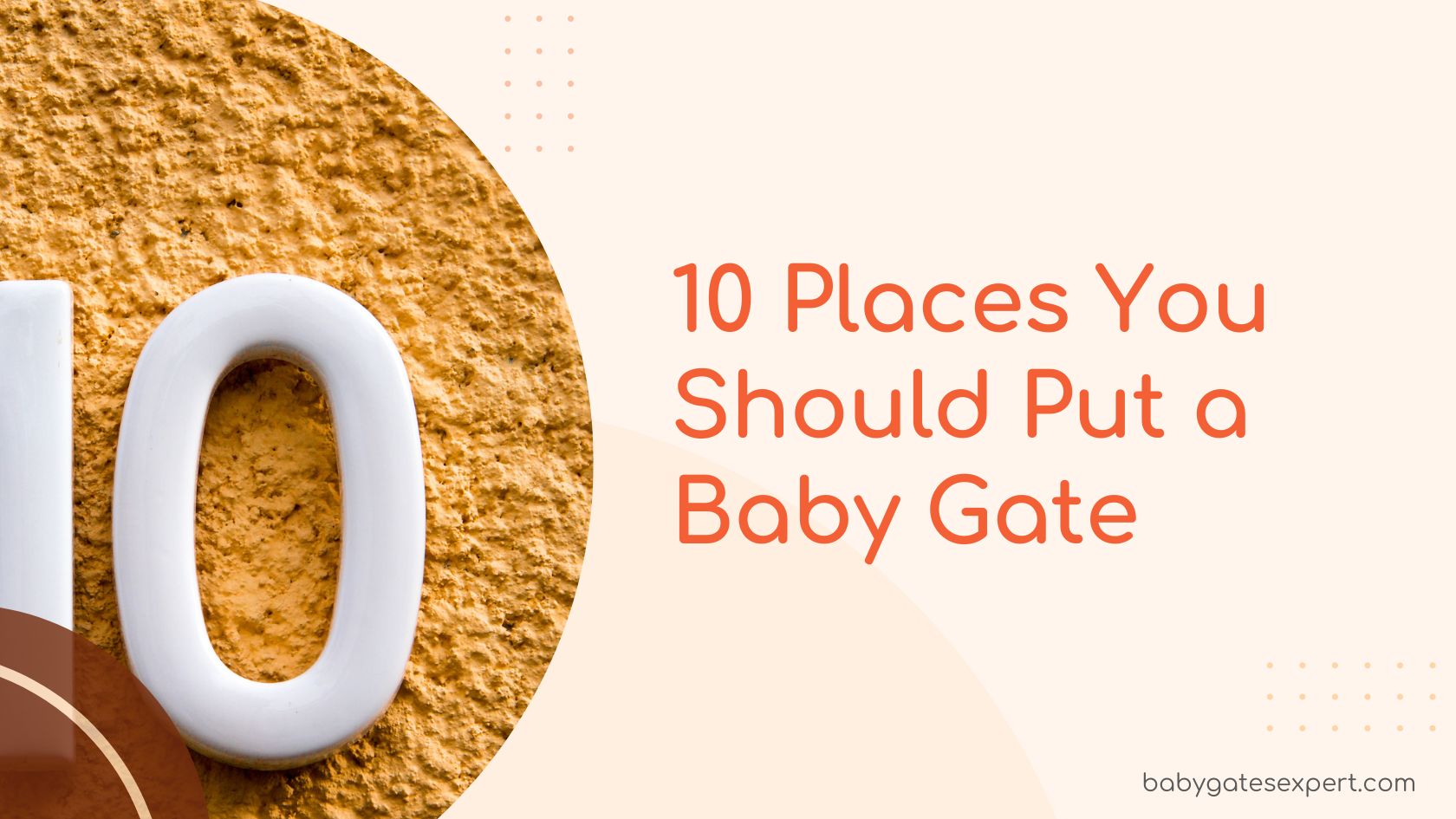

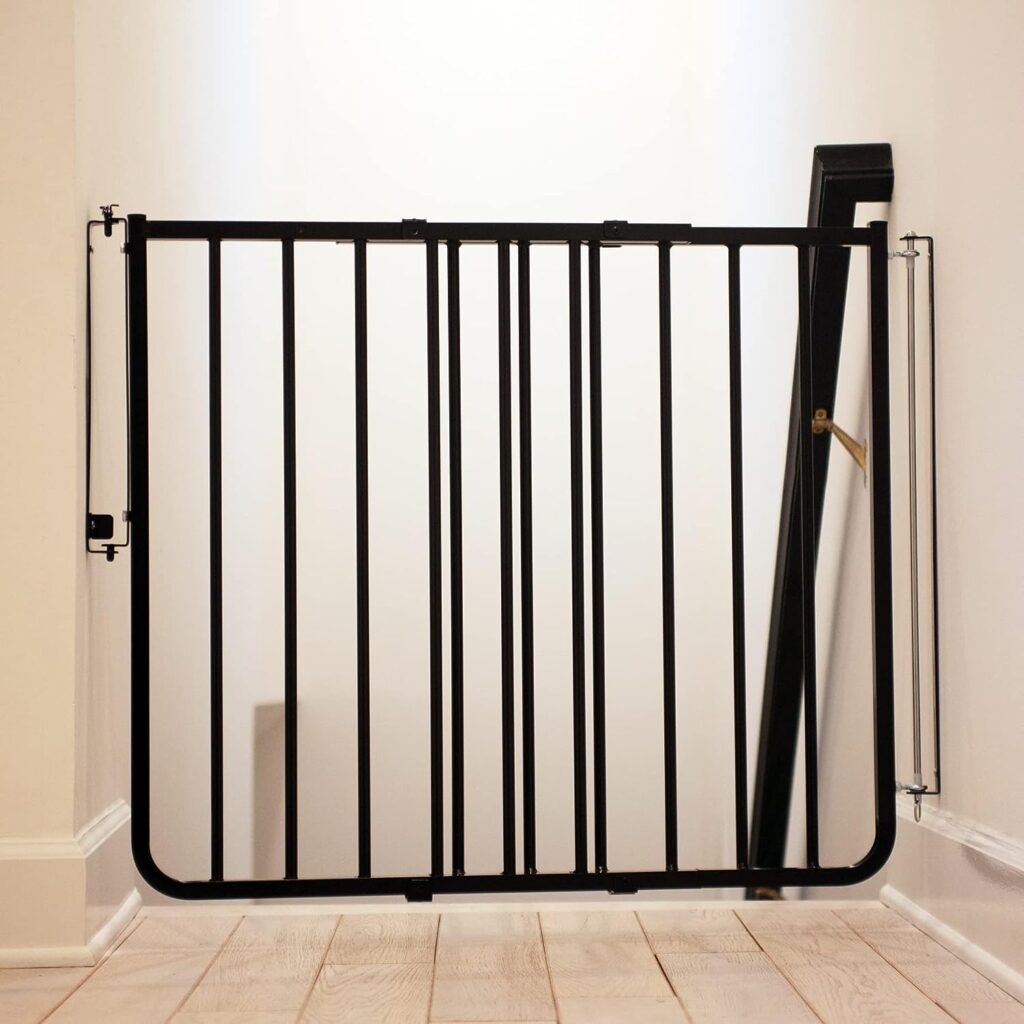
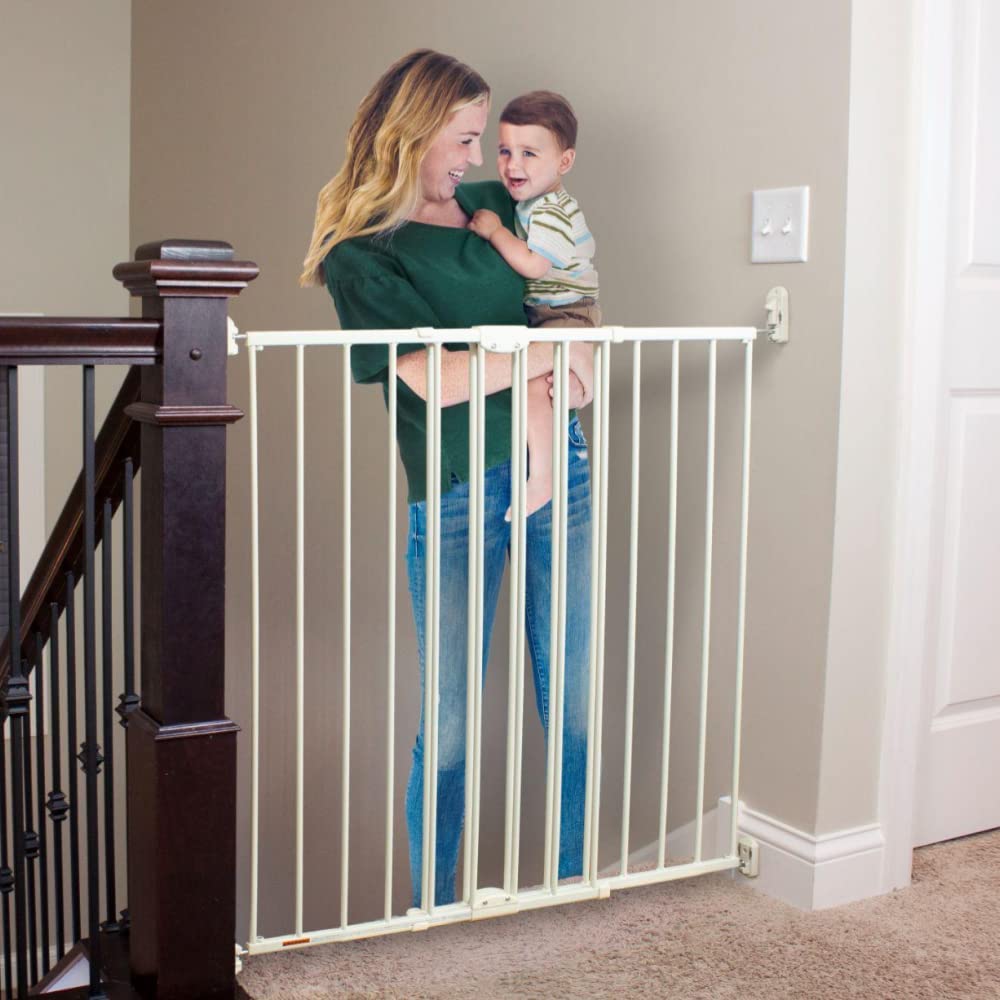

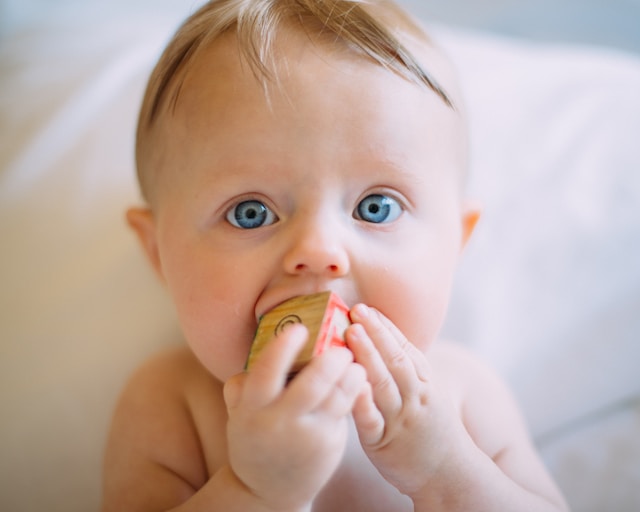
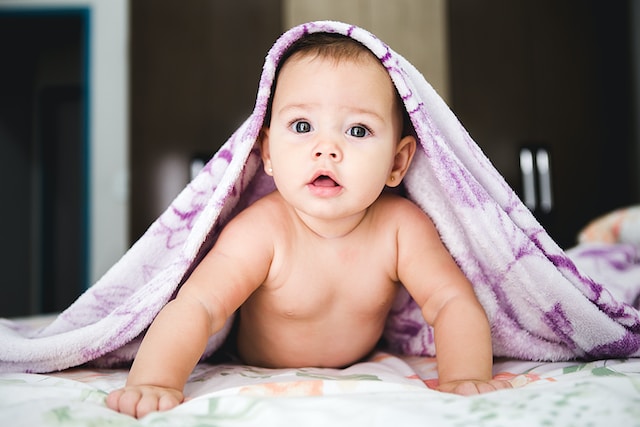
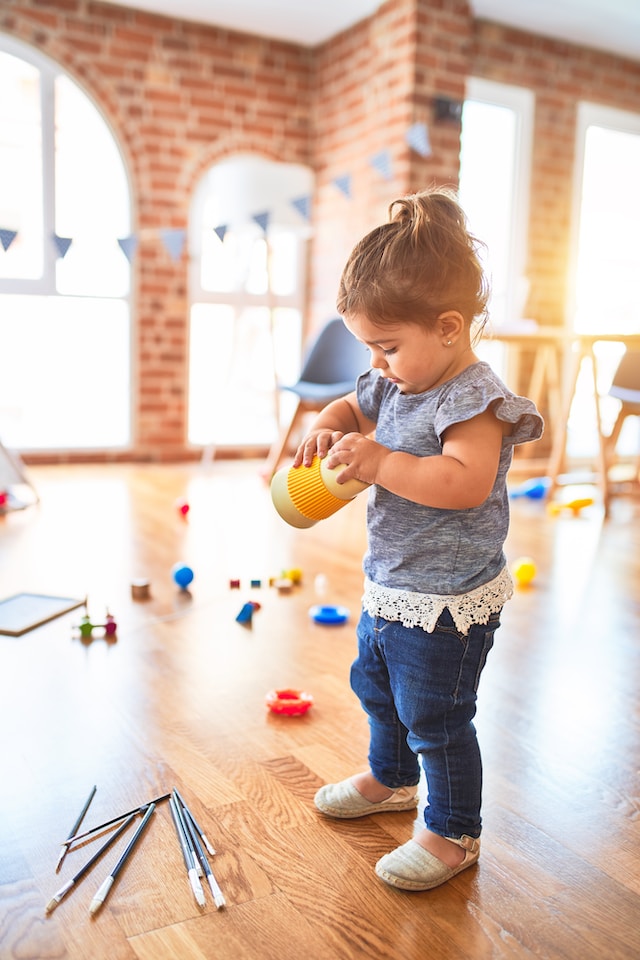


My son currently only has access to the living room so we don’t have any other gates blocking off other areas of our home. At what age should he be allowed more access to the house? He’s 14 months.
Hi Francine! There is nothing wrong with giving your child more freedom around your house if you have properly baby proofed all the areas that he can access. Please see our article 101 Baby Proofing Tips – (The Ultimate Guide for a Safe Home) for lots of ideas to help you be aware of potential dangers. In general, even if you have fully baby proofed the house, baby gates are great solutions that help make your job easier for keeping your toddler safe until they are about 2 years old or until they learn how to climb over it (whichever comes first).